Tl; dr;
- Identifying pain points is essential for service improvement and customer loyalty; use market research and direct feedback to uncover issues.
- Customer surveys, with targeted questions, are critical for grasping specific pain points in service industries.
- Identifying customer pain points helps distinguish between operational challenges and genuine issues that customers face, particularly in terms of pricing, product features, and customer experience.
- Analyze feedback to detect common themes and use sentiment analysis to measure customer satisfaction; this guides product and process enhancements.
- Addressing pain points requires a strategic approach: develop targeted solutions, communicate changes, and personalize experiences based on customer segments.
- Track sales conversion rates, customer retention metrics, and brand loyalty indicators to measure the business impact of addressing pain points.

How to identify customer pain points
Identifying customer pain points is crucial to make your service or product better. It allows you to tailor your marketing messaging and position your product as the solution to these issues. This step is essential if you aim to improve customer satisfaction and loyalty.
To further understand and effectively address customer pain points, it's important to examine internal processes for operational inefficiencies and bottlenecks, which can significantly impact the overall customer experience.
Through market research
Conducting market research should be your starting point to spot customer pain points. Use qualitative methods to uncover insights into your customers’ experiences. In-depth interviews and focus groups can reveal problems customers may not articulate in a survey.
Additionally, you can ask the sales team for insights. They can complement the research by providing direct feedback from customer interactions, enhancing the understanding of customer needs, and eventually improving sales processes.
With customer surveys
Customer surveys are powerful tools for identifying pain points. Craft surveys with specific, targeted questions to gather quantifiable data. For instance:
- Ease of Use: How would you rate the ease of navigating our service?
- Customer Support: How satisfied are you with the resolution time of your inquiries?
You can also use read-made expert templates, like this one, for the Customer Effort Score ⤵️
Another option is to leave it all to our AI assistant, who will create the survey for you in under 10 seconds. You just need to describe it.
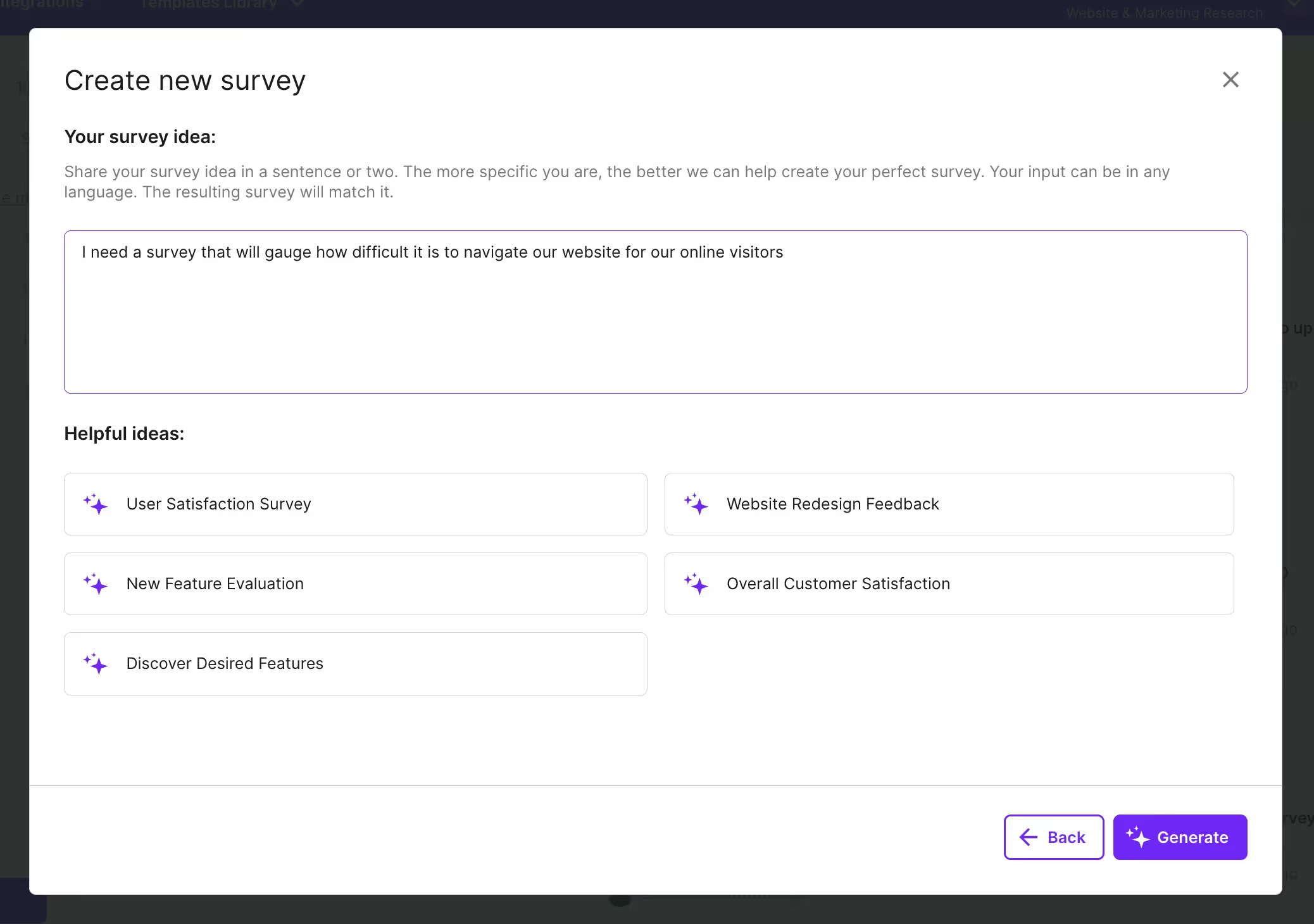
By analyzing feedback
After collecting feedback, it is crucial to analyze this data. Look for common themes or frequently mentioned challenges. Tools like sentiment analysis can also help quantify the positive and negative responses. Survicate goes beyond with its AI open-text feedback categorization. So, now you can have all your qualitative survey feedback grouped into manageable segments in a few minutes.
- Common themes: Patterns in feedback highlight areas needing immediate attention.
- Sentiment analysis tools: Software that interprets emotional tone can quantify satisfaction levels.
- AI feedback categorization: Tools that group qualitative feedback into topical clusters.
Types of customer pain points
Recognizing and alleviating customer pain points is essential to improving your business’s customer experience. Identifying genuine customer pain points is crucial for more effective service and product improvement, as it allows businesses to focus on real issues that affect their customers.
Financial pain points💰
Your customers are concerned about their bottom line, which means they are sensitive to products or services that seem to cost too much money or do not provide sufficient value for the cost.
Customer pain points revolving around finances involve any aspect of your pricing or costs that may be a barrier to purchasing.
Productivity pain points ⚡️
When your customers feel their time is not being utilized effectively due to your product or service, they are experiencing productivity pain points.
These include unnecessary complexities or inefficiencies that impede their workflow and cost them time, which, in turn, often translates to lost revenue.
Process pain points ⚙
We speak about process pain points when customers find the procedures involved in purchasing or using your product or service cumbersome or frustrating.
This could be due to lengthy paperwork, complicated systems, or any other process that hinders a smooth user experience.
Support pain points 🛟
Lastly, support pain points arise when customer service fails to meet customers' expectations. This could manifest as long wait times, unhelpful staff, or a lack of available resources to assist with their issues effectively.
Addressing customer pain points
Developing strategies to solve customer pain points is essential for enhancing customer satisfaction and loyalty. To effectively address customer pain points, you need to ensure your customers’ issues are not only identified but resolved in a manner that enhances satisfaction and loyalty. Your aim should be to develop targeted solutions, communicate effectively, and personalize the customer experience.
Solution development
Identify issues: Start by collecting customer feedback to pinpoint their pain points. This can be done through surveys, interviews, or analyzing customer support tickets.
Develop solutions: Once identified, systematically address each pain point by developing feasible and impactful solutions.
- For product-related issues, enhancements or new feature introductions may be necessary.
- Understanding the customer's pain points is crucial for developing effective, personalized solutions that directly address their specific challenges.
- Revising protocols or training staff might be the answer to service-related pain points.
Communications strategy
Inform customers: Keep your customers informed about how you address their concerns. Use clear and direct communication channels such as emails, newsletters, or social media updates.
Channel Description Email Send personalized updates about solutions to individual concerns. Newsletter Share broader company changes that tackle common customer pain points. Social Media Post regular updates and engage with customer feedback publicly.
Feedback loop: Establish a feedback loop to let customers know that their voice is heard and is integral to your continuous improvement process. Encourage ongoing communication to refine your solutions.
Personalized customer experience
Segment your customers: Divide them into groups based on their feedback, behavior, and preferences.
- Group A: Customers facing difficulties with online navigation.
- Group B: Customers seeking more efficient customer service.
Deliver tailored solutions: Customize the user experience for each segment to address their specific pain points effectively.
- For Group A, simplify the online interface and provide clearer instructions.
- For Group B, ensure faster response times and offer more self-service options.
Identifying and addressing the prospect's pain points is crucial in delivering tailored solutions that effectively meet their specific challenges.
Measuring impact on business
Evaluating the impact of customer pain points on your business revolves around specific metrics that reflect customer behaviors and attitudes toward your brand. But how to measure it? You should focus on sales conversion rates, customer retention, and brand loyalty.
Sales conversion rates
Sales conversion rates clearly indicate how effectively your business is turning prospects into paying customers. You can track the changes in conversion rates before and after addressing specific customer pain points.
Customer retention metrics
Customer retention metrics are critical in understanding how pain points affect the longevity of your customer relationships. Important figures to monitor include:
Customer churn rate: Measures the percentage of customers who stop doing business with you over a specific period.
Repeat purchase ratio: Indicates the number of customers who make more than one purchase as a proportion of the total customer base.
Brand loyalty indicators
Brand loyalty indicators shed light on customer allegiance and willingness to stick with your brand over competitors. To gauge brand loyalty, consider:
Net Promoter Score (NPS): Assesses customer likelihood to recommend your brand.
Brand Sentiment Analysis: Analyzes customer feedback and attitudes towards your brand.
Positive shifts in these indicators highlight the benefits of addressing customer pain points in terms of enhancing brand loyalty.
Tools and resources to analyze customers' pain points
Your choice of tools and resources is critical to effectively addressing customer pain points. Specific platforms and systems are designed to systematically uncover and analyze these pain points, allowing for data-driven decision-making. You can use analytical software, CRM systems, and customer feedback platforms to improve your services by addressing these challenges directly.
Analytical software
Analytical software lets you dissect large datasets to reveal issues affecting customer experiences. Look for features like trend analysis, which can help spot recurring problems in your service or product performance.
- Google Analytics: Track website usage patterns to identify potential online customer pain points.
- Tableau: Visualize your data to uncover hidden customer experience trends.
CRM Systems
CRM systems are indispensable in maintaining comprehensive customer profiles, which help correlate customer issues with specific customer journey stages.
- Salesforce: Leverage powerful analytics to understand customer interactions and highlight areas of improvement.
- HubSpot: Use HubSpot’s extensive CRM capabilities to track customer communications and pinpoint dissatisfaction.
Customer feedback platforms
Direct customer input is invaluable. Platforms that facilitate customer feedback collection can guide you toward the most pressing issues that need attention.
- Survicate: Create and analyze surveys to assess customer sentiment across various touchpoints.
- Zendesk: Implement feedback tools integrated with your customer support workflows to gather instant customer reactions.
Use these tools to establish an informed strategy to efficiently target and alleviate key customer pain points.
Best practices in pain point resolution
Effectively addressing customer pain points is essential for improving satisfaction and loyalty. Implement processes that will encourage the whole company culture to be knowledgeable and sensitive to flaws.
Employee training
Ensure that your team is well-versed in product knowledge and customer service skills. Frequent training allows employees to recognize and address customer pain points more efficiently. For example:
- Technical training: Equip your staff to understand your products or services to troubleshoot problems swiftly.
- Enhance soft skills: Emphasize the importance of empathy and communication, empowering your team to connect with customers and solve issues effectively.
Continuous improvement
Gather feedback and analyze data to refine your products or services continuously. Implement changes directly reducing pain points based on customer input and experience trends. Techniques include:
- Feedback loops: Regularly collect customer feedback through surveys or direct communication.
- Data analysis: Use performance metrics to identify common issues and work on targeted improvements.
Customer journey mapping
Understanding the customer’s interaction with your brand through customer journey mapping can highlight pain points at various stages. Insights gathered here should guide you in making informed decisions about where to act in order to enhance the customer experience. Key actions include:
- Touchpoint identification: Mark all the key interactions customers have with your business.
- Pain point discovery: Use these touchpoints to detect and understand customers' difficulties.
Implementing these practices necessitates diligence and a proactive stance toward continuously enhancing the customer experience.
Identify customer pain points with Survicate
Resolving customer pain points is a dynamic process that can make or break customer relationships. By actively listening and responding to feedback, businesses can transform challenges into opportunities for growth.
Survicate offers a streamlined approach to this task, with its intuitive survey software designed to capture and analyze customer feedback efficiently. Features like AI open-text feedback categorization and sentiment analysis tools provide actionable insights, enabling businesses to make informed decisions that resonate with their customer base.
Ready to elevate your customer experience? Start with Survicate's 10-day free trial, which grants full access to all the Business Plan features, and begin transforming feedback into progress today. Sign up now!

Customer pain points FAQs
The questions below address common issues you may encounter across different facets of customer experience.
What challenges do customers face when navigating complex purchasing processes?
You may experience confusion and frustration when making purchases that involve multiple steps or lack clear instructions. It's often challenging to find specific product information or to understand the terms of the purchase.
How do customers determine the efficiency and responsiveness of customer service?
Customers gauge the efficiency and responsiveness of customer service based on the time it takes to receive a reply and the relevance of the provided solution. The availability of real-time support options like live chat also influences your perception.
What difficulties do customers encounter with financial transactions and pricing structures?
You often face challenges with hidden fees, complex pricing structures, or inflexible payment options that complicate financial transactions. Transparency and simplicity in pricing are key to your satisfaction.
In which ways do customers experience frustration with product or service accessibility?
Customers encounter frustration when products or services are not easily accessible due to limited availability, website difficulties, or logistical issues like shipping barriers. Your ability to readily access what you need significantly impacts your overall experience.
What obstacles do customers face when trying to receive personalized experiences or offerings?
You may find it challenging to obtain personalized experiences or offerings when businesses do not use your data effectively to tailor their services. Generic interactions or irrelevant product suggestions can hinder satisfaction and loyalty.
To what extent do customers feel impacted by the lack of information or poor communication?
A lack of clear, concise information or poor communication from businesses can leave you feeling uninformed and unsupported, potentially leading to distrust and a negative view of the company.








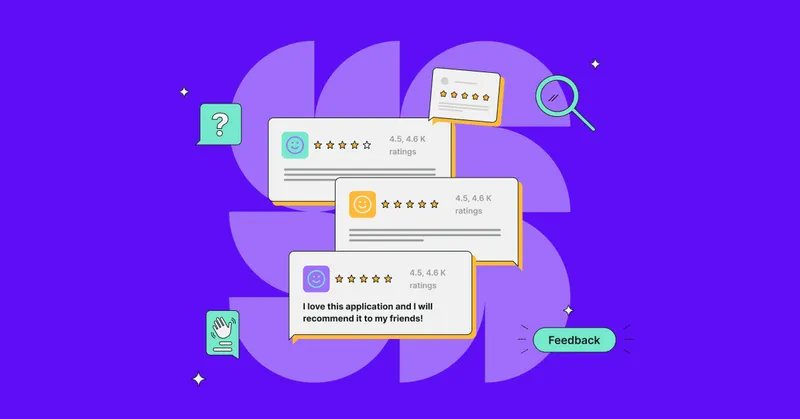
.webp)
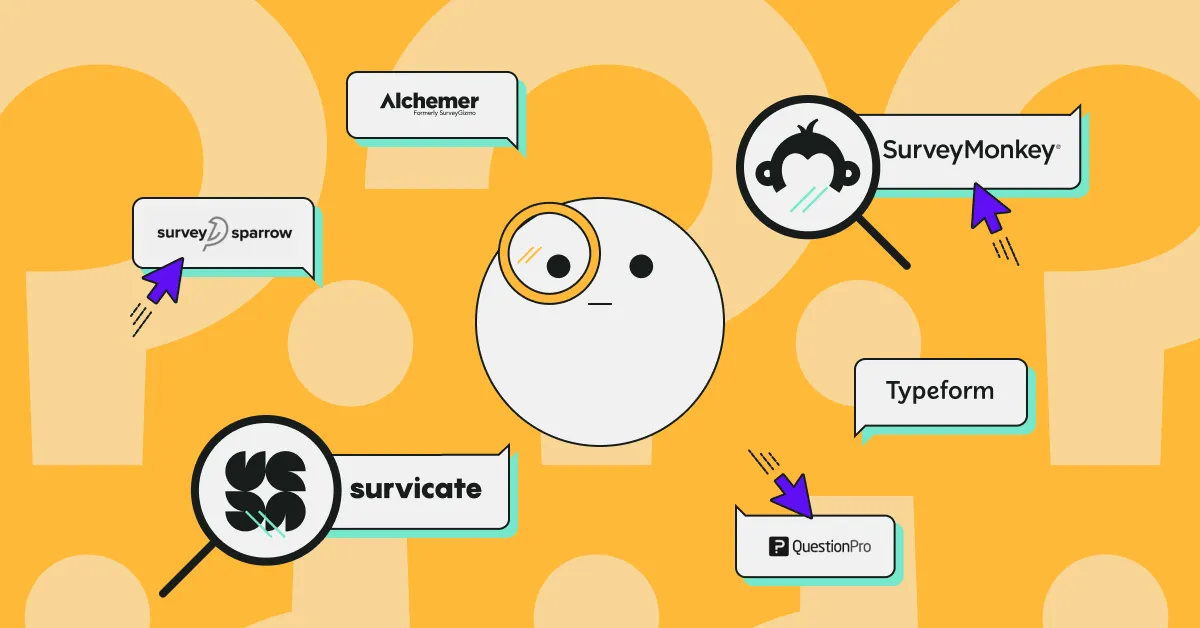
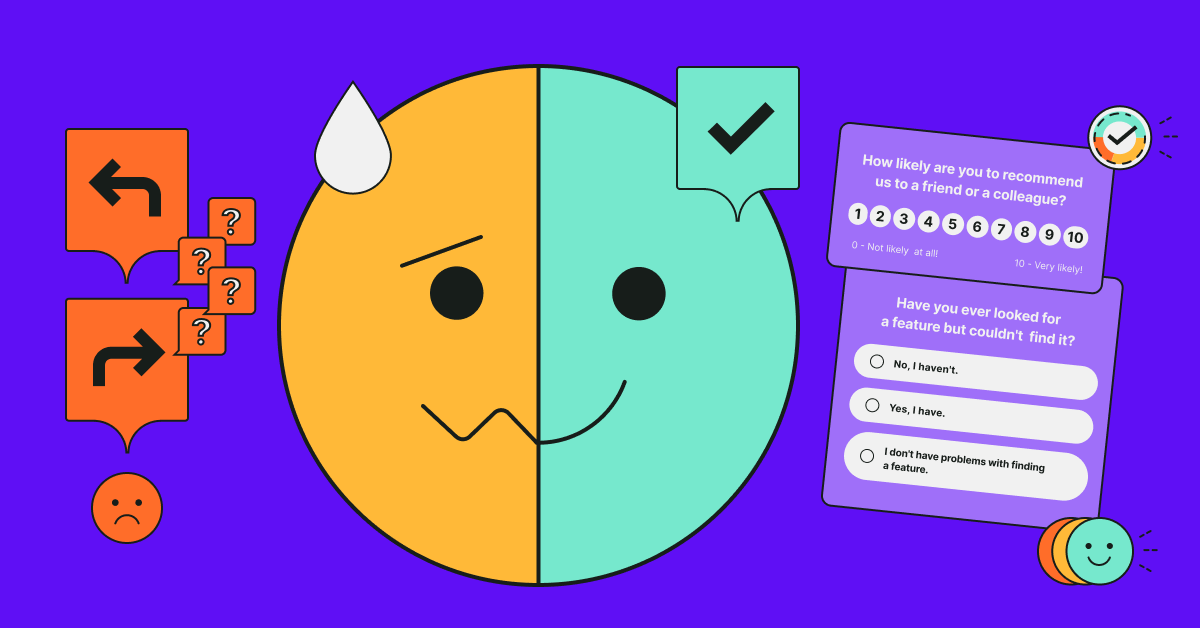

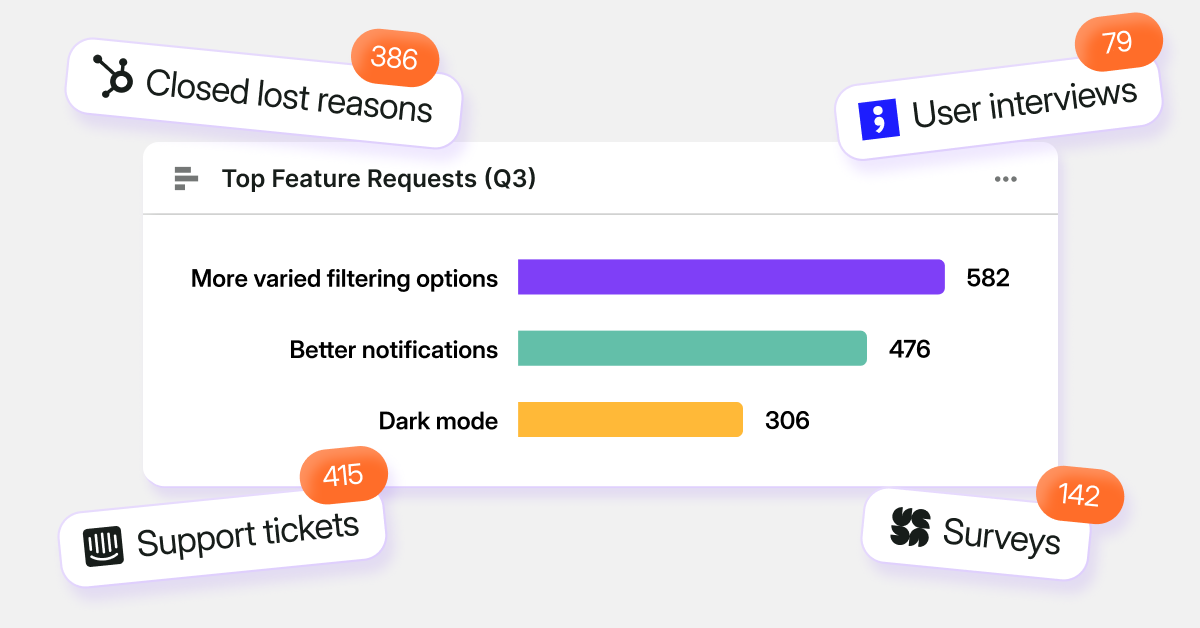
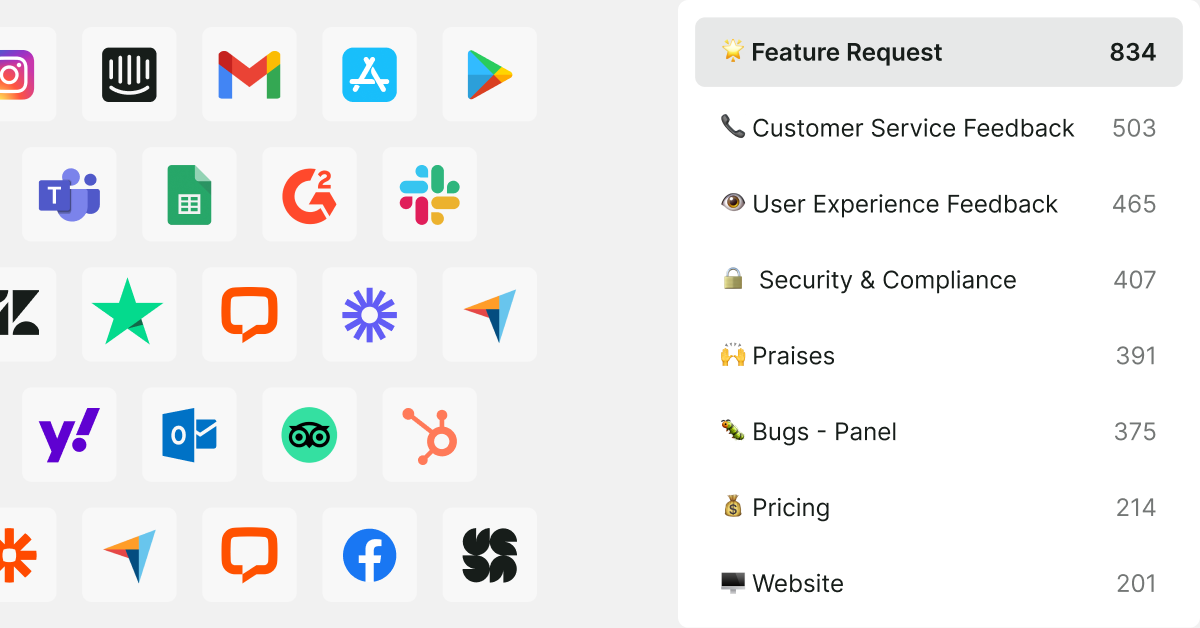
.svg)

.svg)



